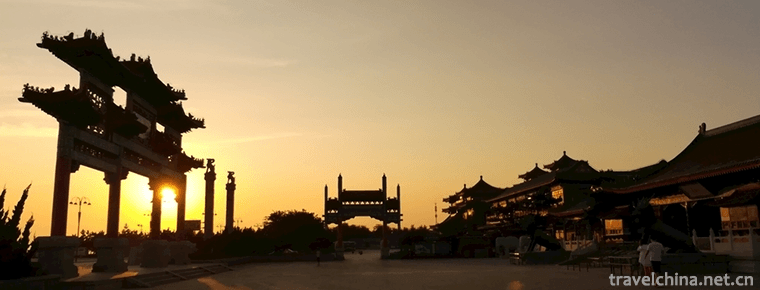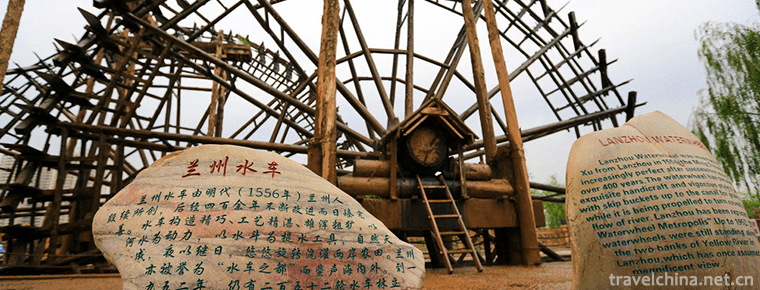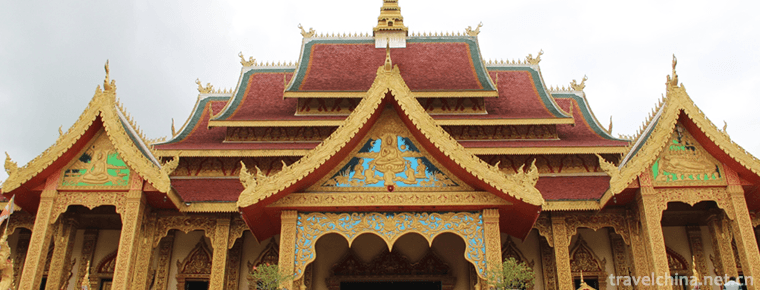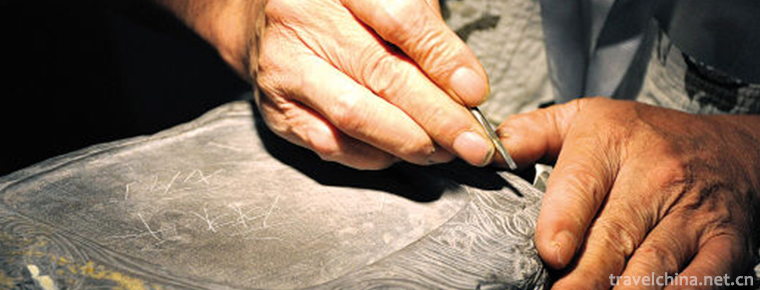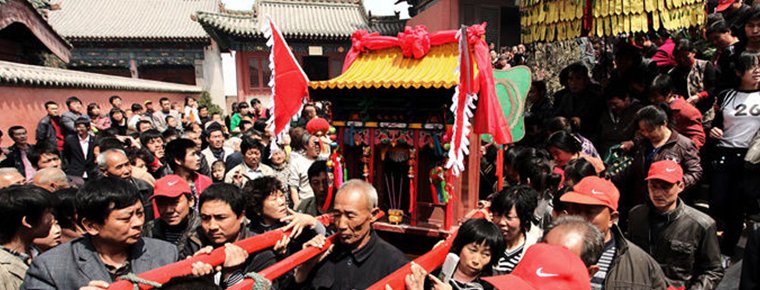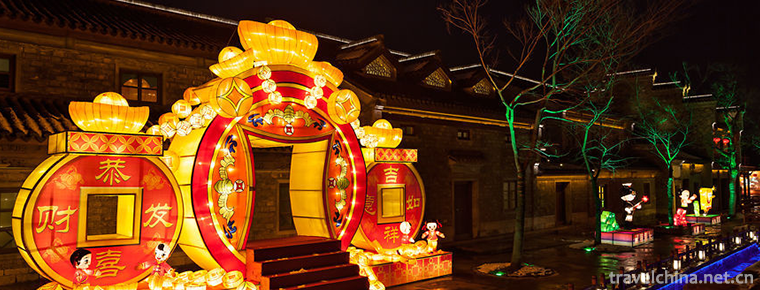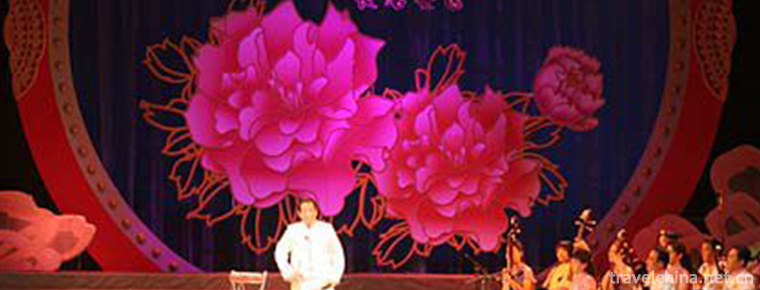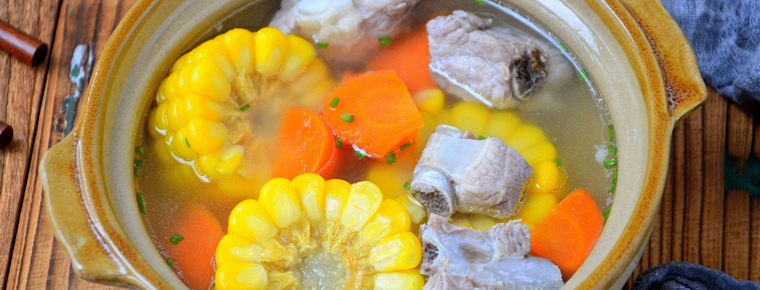Uzbek Ehilai and Yelai
Uzbek Ehilai and Yelai
Uzbek Ehilai and Yelai are mainly distributed in Kashgar, Shache, Yecheng and Yining, Ili Kazakh Autonomous Prefecture, Xinjiang Uygur Autonomous Region. Uzbek people have excellent music and dance cultural traditions. As early as in the historical stage from Wei, Jin, Southern and Northern Dynasties to Sui and Tang Dynasties, the "Kangguole" originated from Samarkand, the "Anguo Music" of Bukhara and the "Shiguo Music and Dance" of Tashkent spread eastward along with other western music and dances such as "Guizi Music", "Shule Music" and "Gaochangle Music". The development of music and dance culture in Central Plains, East Asia and Southeast Asia has exerted great influence. Uzbek folk song is the basis of its folk music, even classical music and primitive religious ritual music. Esila and Yelai are important representatives of Uzbek folk songs.
Survey
Uzbek Ehilai and Yelai are mainly distributed in Kashgar, Shache, Yecheng and Yining, Ili Kazakh Autonomous Prefecture, Xinjiang Uygur Autonomous Region. Uzbek people have excellent music and dance cultural traditions. As early as in the historical stage from Wei, Jin, Southern and Northern Dynasties to Sui and Tang Dynasties, the "Kangguole" originated from Samarkand, the "Anguo Music" of Bukhara and the "Shiguo Music and Dance" of Tashkent spread eastward along with other western music and dances such as "Guizi Music", "Shule Music" and "Gaochangle Music". The development of music and dance culture in Central Plains, East Asia and Southeast Asia has exerted great influence. Uzbek folk song is the basis of its folk music, even classical music and primitive religious ritual music. Esila and Yelai are important representatives of Uzbek folk songs.
3 Characteristics
Eshilai's length is huge, structure is rigorous, range is wide, melody has both deep and intense characteristics. It is mainly sung at mass entertainment gatherings such as Odoruchi. Individual music can also be used for dance accompaniment. Ye Lai's short length, varied rhythm and lively tune are the main accompaniments for mass self-entertainment dances in festive occasions such as season at the age and life etiquette.
Esila and Yelai complement each other and complement each other, enriching the spiritual world of the people in circulation, cultivating their sentiments, becoming an important part of the social life of the Uzbeks, reflecting the cultural identity of the Uzbek nation, thus becoming one of the cultural symbols that distinguish the Uzbek nation from other nationalities. The research on the history of the development of Chinese music and dance, the history of the exchange of music and culture between the East and the West, and the social and historical situation of Uzbeks has great reference value. For various reasons, at present, Ashley and Yelai are on the verge of being lost and need to take measures to protect them.
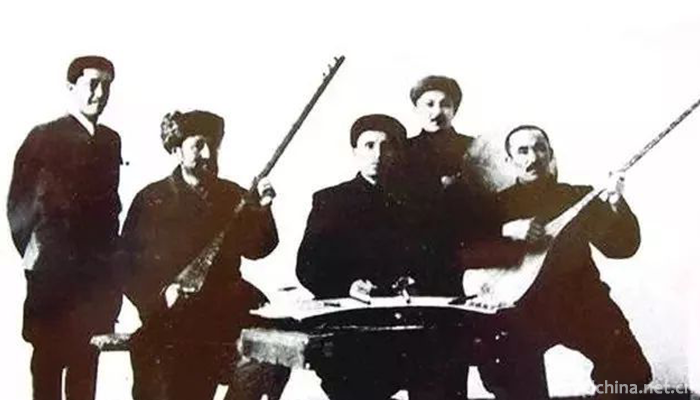
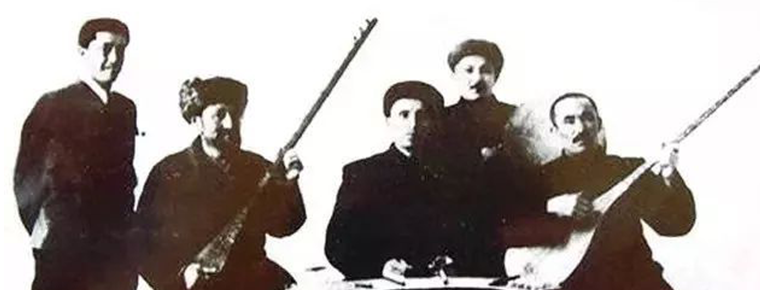
Uzbek Ehilai and Yelai
-
Sanxianshan Scenic Area
Sanxianshan Scenic Area is located in the northern end of Penglai City, Shandong Province, along the Yellow Sea. It is adjacent to Baxian Cross-Sea Scenic Area in the west,
Views: 165 Time 2018-12-17 -
Waterwheel Garden
On August 26, 2005, Lanzhou, known as the "Water Vehicle Capital", built a Water Vehicle Expo Park, which reproduced the spectacular scene of water vehicles on both sides of the Yellow River
Views: 237 Time 2019-02-08 -
Xishuangbanna Mengwan Great Buddhist Temple
Situated in the suburbs of Jinghong City, the prefecture of Xishuangbanna Dai Autonomous Prefecture, Yunnan Province, the Monastery is built according to the national AAAA standard.
Views: 137 Time 2019-02-25 -
Duan Inkstone Production Techniques
Duan inkstone production technology, Zhaoqing City, Guangdong Province, traditional handicraft, one of the national intangible cultural heritage.
Views: 171 Time 2019-04-28 -
Hongdongs custom of visiting relatives
The custom of walking relatives in Hongdong is a kind of Han traditional folk culture which spreads in Ganting, Wucun, Xincun, Longma and Wanan townships
Views: 144 Time 2019-05-03 -
Qinhuai Lantern Festival
Qinhuai Lantern Festival, also known as Jinling Lantern Festival and Confucius Temple Lantern Festival, is a popular folk cultural activity in Nanjing. It is mainly held from Spring Festival to Lanter
Views: 168 Time 2019-06-10 -
Sun Bin quan
Sun Bin Quan is an ancient and rare traditional boxing in Shandong Province. Its connotation is broad and profound, which was created by Sun Bin, a military strategist in the Spring and Autumn Period
Views: 192 Time 2019-06-17 -
The eldest son drum book
The eldest son drum book is the traditional art of rap and singing in Shanxi Province. Changzi County is known as the "Town of Quyi", which has a long history as well as a wide variety of Qu
Views: 423 Time 2019-07-25 -
Beijing University Of Agriculture
The predecessor of Beijing University of Agriculture, Tongxian agricultural school, Hebei, was founded in 1956. In 1958, Tongxian agricultural school in Hebei province was merged with Beijing agricult
Views: 342 Time 2019-09-06 -
Beijing Institute Of Petrochemical Technology
Beijing Petrochemical College was founded in 1978. It was developed from the Second Branch of Beijing Chemical College and Beijing Petrochemical College. It became more famous in 1992 and was transfer
Views: 400 Time 2019-09-06 -
Corn and sparerib soup
Corn and spareribs soup is a tonic soup, the main ingredients are corn and spareribs, the main cooking technology is stew. Corn can reduce the blood cholesterol concentration and prevent it from depos
Views: 348 Time 2020-03-16 -
Leshan medical and health
By the end of 2018, Leshan City had 3259 health institutions (including village clinics). Among them, there are 102 hospitals, 207 health centers, 12 maternal and child health centers (stations, stations), 12 centers for Disease Control and prevention, 12 health
Views: 347 Time 2020-12-17
